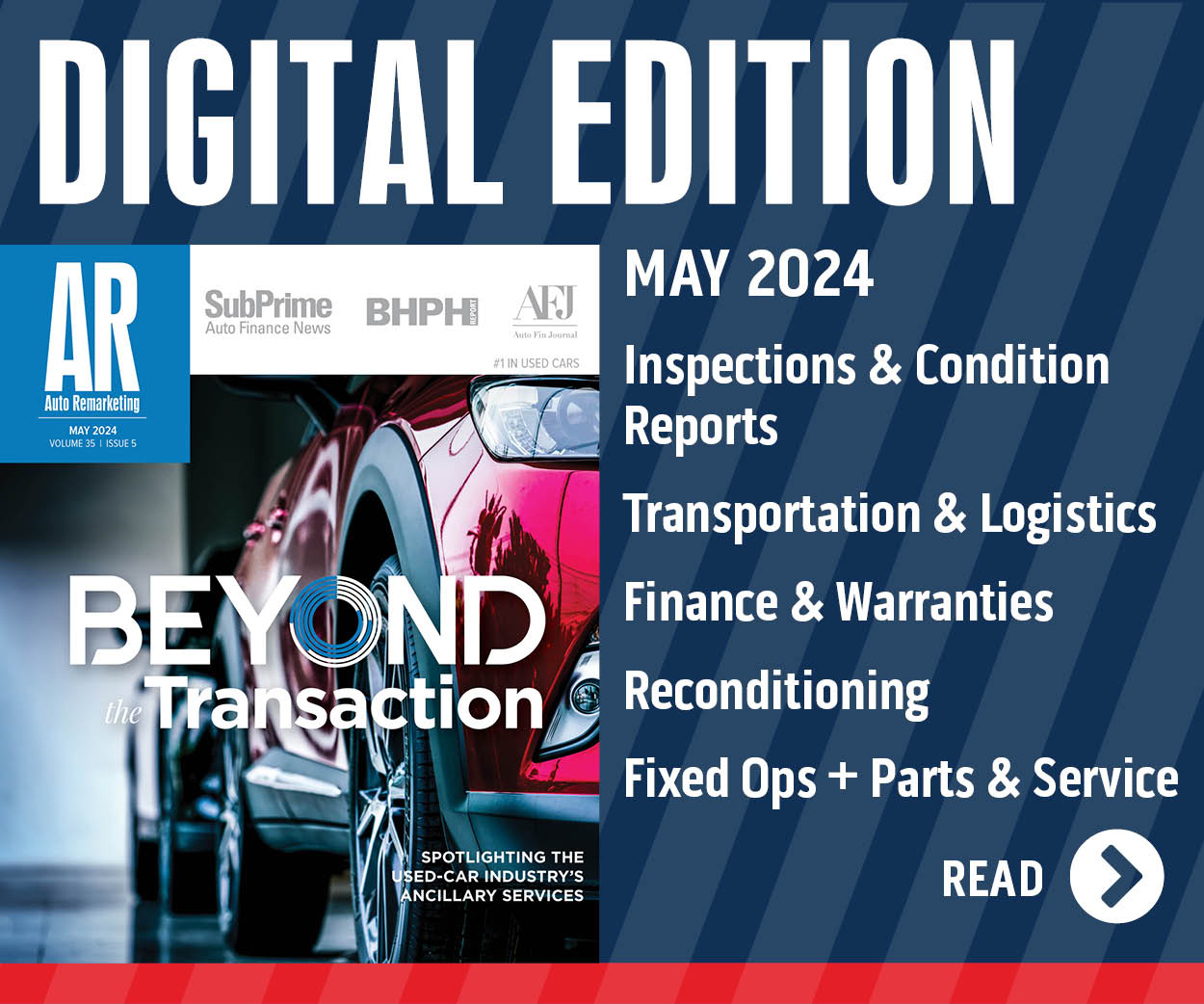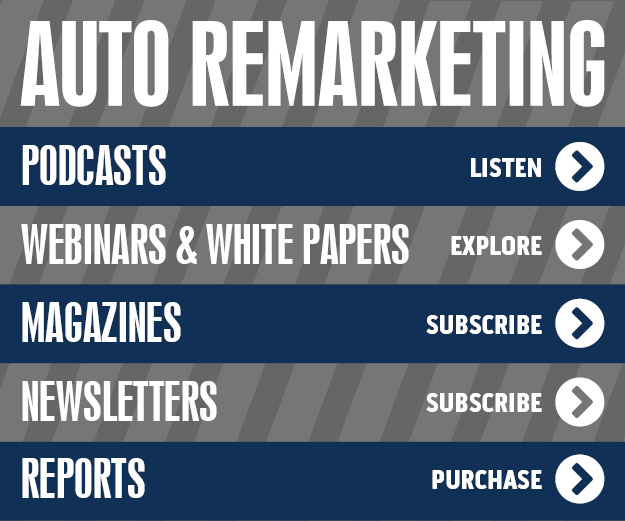COMMENTARY: After the trade show’s over, the post-show sales sweep

Used Car Week 2022 at the Manchester Grand Hyatt in San Diego. Photo by Jonathan Fredin.
You went to the expo. You collected leads and gave away swag. Now what? The show doesn’t end when you take down the booth. It’s time for the post-show sales effort. But, sometimes, this is where the transition from marketing activity to sales results gets derailed.
The best trade show booth in the world can’t deliver signed contracts. Salespeople must run the last mile of that race. If unprepared, sales reps will have a million questions at a trade show. It’s easy for the sales team to get frustrated and simply call on the prospects they have in the funnel without adequately following up with trade show contacts.
To manage sales expectations and behavior, it’s important to address these questions (and others) before the show even starts. Start with a pre-show meeting a week or two before the show, distribute the notes and/or handouts, and then review it all over again at an onsite meeting before the show begins. Just like with advertising, repetition is key. A few important ingredients for those sales-focused meetings include:
—Lead process: Be very clear how leads will be processed onsite. There are many options, so pick one and stick to it throughout the event. Some expos will offer lead scanners that will provide you with attendee contact information. You can usually program them with specific questions to understand where the attendee is in the buying cycle. Another option is to create your own online forms and collect information that you can download after the show. The least sophisticated thing to do, of course, is to collect business cards – hard copy or digital – and manage them after the show.
—Lead distribution: Before the show, decide who will handle the leads. Will you distribute them by product of interest? Sales territory? Type of client? It doesn’t matter how you organize the distribution but make that plan before the show. If you’re lucky, some prospects will have active interest during the show and will need devoted attention – maybe even a proposal.
—CRM planning: As the old saying goes, “if it’s not in the CRM, it didn’t happen.” Set up a lead source for the event and assign that to every contact that is made while at the event. If you represent a large company and attract a high number of interested prospects, plan to have a “home team” upload the leads every day of the show. This will minimize the post-show workload and enable your team to send proactive communications to those prospects. Hold your sales team accountable for inputting communication and results into the CRM so that you can trace the value of the event in real financial terms.
—Sales promotions: If you offer a show promotion, be absolutely clear about the product, pricing, value and deadline. A show promotion can provide your sales reps with a reason to invite prospects to set meetings at the show. It’s a good idea to set the deadline for a date not too long after the show ends. This gives your sales team a reason to close deals initiated at the show and to follow up with prospects to remind them about the urgency associated with the valuable incentive.
—Post-show communication: Marketing must be prepared to send several emails following the event to booth visitors. If possible, leverage your email software to create a short journey thanking your guests for coming, reminding them about any new announcements, creating a sense of urgency around the show promo deadline, and setting follow up appointments with your staff. Provide your sales team with some basic email scripts that match and support your marketing communication. Message alignment and repetition will make you stand out with your prospects.
—ROI: Trade shows are investments in both brand and lead generation. Some events will not deliver a positive ROI but will deliver an exceptional brand experience for your prospects. Set goals before the show about those expectations and be clear about them with your sales counterparts. Track everything — engagement with your pre-promotion, onsite booth attendance, engagement with your post-show promotion, and of course, sales. Your valuation should consider both the brand buzz as well as the hard, cold sales facts.
Trade shows can be the best tool in your marketing toolkit when you proactively manage every detail, from pre-show promotion to onsite set up and engagement to post-show follow-up. Make the most of your investment!
About the Author: Jennifer Sanford is an experienced SaaS marketing leader passionate about the retail automotive experience. Jennifer is the founder of Sanford Marketing Group, an agency specializing in B2B marketing strategy and project management. In 2018, Jennifer’s team won the coveted “Booth of the Show” award at the NADA convention. The best results, however, were in new business.

 View The Latest Edition
View The Latest Edition

